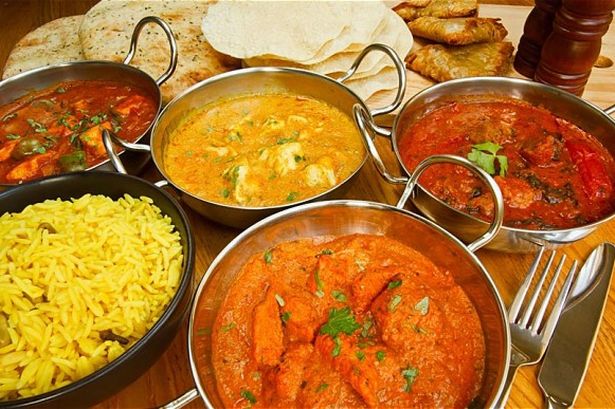
India’s World Heritage Sites and What Food To Eat While You’re There
India is a country of opposition and variation. She is home to the mountainous North, the Thar Desert, the Great Plains, the costal paths and Central highlands. From the Ganges to India’s seven mountain ranges, thick jungles and towering sand dunes. It would take a lifetime to explore all that she has to offer, but we have rounded up a few UNESCO sitesand dishes to eat while in each destination. So buckle up and save room for seconds as we embark on a whistle–stop tour of India’s cultural gems.
Khajuraho, Madhya Pradesh
Built by the Chandela dynasty between 950 and 1050 AD. The group of temples were dedicated to Hinduism and Jainism, reaffirming India’s long established acceptance of how all religions are just different routes up the same mountain. They are well known to the West because of its elaborate and often erotic carvings, but it is its meticulousness and complexity that make these structures utterly unique. Try the Biyani Pilaf, a well-loved and tasty dish with spices made to measure.
Rani Ki Van, Gujarat
Found on the banks of the Sarasvati River, this eleventh century inverted templeis a testament to human ingenuity, the necessity of water and an expression undying love. It is believed to have been built by QueenUdayamatiby after the bereavement of her beloved husband, King Bhimdev. The steps lead down to a reservoir that is important not just for collecting water and socialising, but because of its spiritual and Ayurvedic healing properties.
The stepwell was later flooded by the Sarasvati River, immersing the circular stone shrine until well into the 1980s. It was drained and miraculously, the more than 500 carvings featuring the likes of Shiva, dancing celestial beings and Buddha, emerged intact and undamaged. Visitors can now explore the haunting queen’s steps armed with a Kadhi, a sweet curry perfect for cooling off after climbing back up.
Ajanta Caves, Maharashtra
As one of the first World Heritage sites in India, it would follow that the Ajanta Caves are nothing short of magnificent – and they are. Built in roughly the second century BCE, this cave complex features paintings, sculptures and carvings of Buddhist descent.
The caves are cut into the cliff wall and they represent a number of shrines, schools and monasteries as well as living quarters. Forgotten by history and consumed by the jungle until it was‘rediscovered’ in 1819 by a hunting party, finding a site as revered and rare as Ajanta is impossible. Dine on KajuKothimbir Vadi, a snack made from gram flour and cashew nuts to give you enough energy to explore these expansive and illustrious caves.
With over 35 UNESCO sites and every world religion found within India’s borders, her global significance cannot be overstated. If you want to get a taste of old and new India today, book a table at Amaya. As one of London’s best fine dining Indian restaurants, her menu is built on traditional recipes, methods and merged with modern twists.
